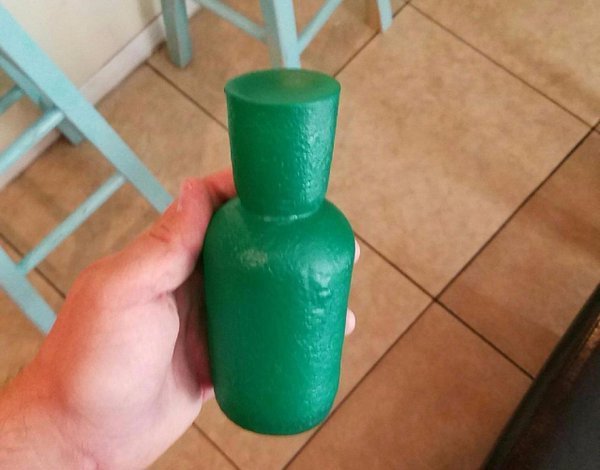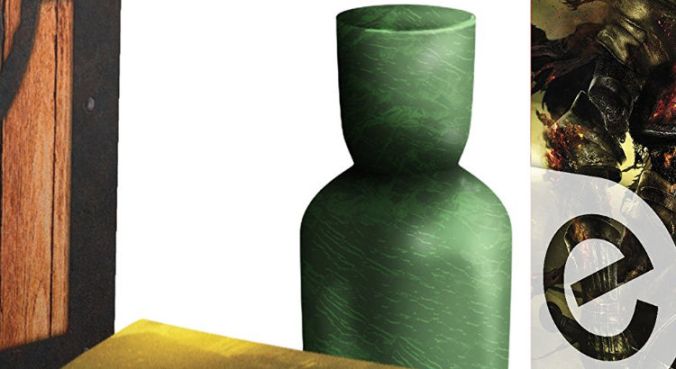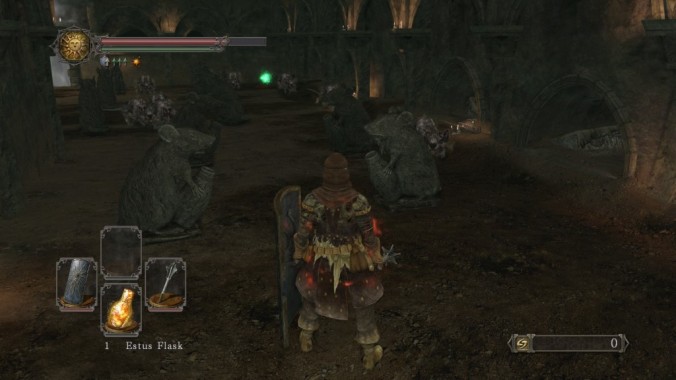
Chris
When a prospective owner starts looking for a dog they typically make a choice that reflects their personality. An extroverted person might opt for a bouncy, fun-loving bundle of activity where a more mellow home might prefer a dog that fits a slower pace of life. Not owning a dog myself means I speak with zero authority on the subject, but with Brexit looming I’ve been pouring hours into Fallout, recently. You know, just to get a feel for the way things might pan out over the next few years. It turns out it’s not just people that like their dogs to ape their nature, the same is true of the two most recent Fallout games: New Vegas and Fallout 4.
Fallout 4’s ‘Dogmeat’ quickly became the poster-mutt for Fallout’s move to Boston. Standing about like a furry lemon directly outside the starting area means he’s pretty much impossible for the player to miss. He’s a sleek, gorgeous, mysteriously well-groomed German Shepherd that’s immediately obedient and doesn’t poo all over your slippers or shed fur in the wiring of all your energy weapons. But despite the ease of Dogmeat’s companionship you can’t help but feel that there’s something missing, a certain spark lacking behind those big, brown eyes of his.
All we’ve got to go on in regards to his past is the odd mention from non-player characters that don’t really offer anything with any real substance. The optimistic side of me might think his origins are purposely shrouded in mystery but the increasingly dominant cynical side suggests that perhaps not a great deal of thought went into the pooches place in the wider world. But hey, who cares about those finer details when he looks so cute in doggles and munches down bad guy genitals like a consumate professional? Having a dog is cool, right? Surely it’s better that more people are able to find him early and appreciate his company? The less personality and backstory the easier it is for more players to project their ideal onto Dogmeat’s blank canvas. That way everybody’s happy, right?…right?
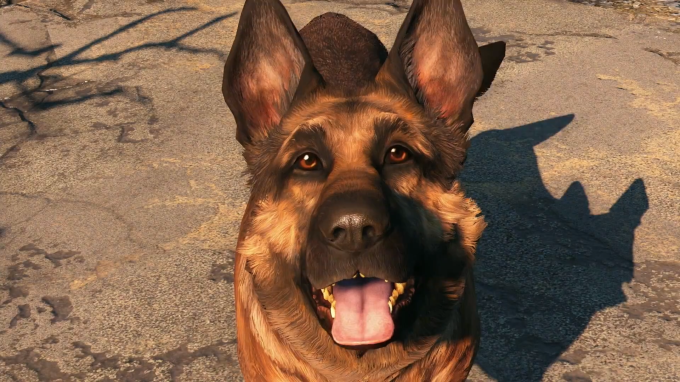
*Beep boop* I am a real dog. Please initiate petting protocol #443 *fzzt*
Fallout: New Vegas’ ‘Rex’ is a totally different kettle of fish, though. You won’t be finding him until you hit Freeside, a run-down district walled-off from the bright lights of New Vegas, hours away from starting the game. He’s tucked away in the back room guarded by a goon squad of well-armed Elvis impersonators and you won’t be getting acquainted until you’ve charmed or blasted your way through the gang’s compound. Finding Rex feels like a discovery. It’s unlikely that you’d miss him but it still feels like you’ve tracked down something that could have been glossed over, and got a wicked, sweet robo-dog as a reward for proper diligence. When you find Dogmeat in Fallout 4 it doesn’t really feel like you’ve earned anything. It’s like beating a toddler at arm wrestling or crushing n under-watered house plant in a round of 3D chess. It’s a curious freebie in a wasteland supposedly so harsh and unforgiving that drags you out of the whole experience.
Much like Fallout: New Vegas, Rex isn’t likely to win a beauty contest any time soon. After two hundred years and rough work as a police dog, a hound of Ceaser’s Legion, and a companion to a gang boss it’s safe to say that time hasn’t been kind to dear ol’ Rex. Years of degeneration have taken their toll and by the time you find him the poor mutt is knocking on death’s door in desperate need of a new brain. The quest this sets up provides a genuine reason for the two of you to team up and form a bond. Progressing his story further leads to a choice that permanently alters Rex’s stats and, no matter your decision, the player has real impact on the cyber-dog’s life, strengthening the relationship between pooch and player. Unlike Dogmeat, Rex feels like a genuine character that fits with the setting, complete with a history, troubles, and personal development that shine through the more time you spend together. Dogmeat feels more like a tool the player uses than a character they get to know. In many ways the full-flesh dog feels more like a robot than the one with stainless steel legs and visible wiring, a telling irony.
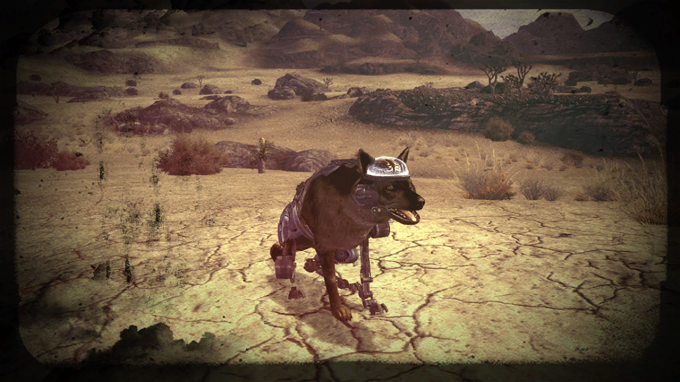
The heart and soul of a faithful friend fused with the metallic legs of an awesome robot.
Both Rex and Dogmeat make fantastic representations of the games they star in. Like New Vegas, Rex is ass-ugly, a bit kooky, and utterly falling apart but despite all this you can’t help but love him. He’s not a dog for everyone but for those who like him they couldn’t imagine anything better. His character outshines all of his faults and he’s nothing if not memorable, even if he is a bit janky sometimes. Like Fallout 4, Dogmeat is pretty and extremely functional. He’s a dog that’s easy for everyone to like but difficult for anyone to truly love. With such broad appeal he feels lacking in any kind of personality, lest he run the risk of turning anyone away. You can tell that an awful lot of time has been spent working on that glossy coat but underneath there’s not a great deal of substance to sink your teeth into. While it’s true that Rex and New Vegas might both piss all over themselves and fall to pieces every now and then, if it’s a choice between that and Fallout 4’s Dogmeat, I wouldn’t hesitate in backing the cyber-pup every single time.

